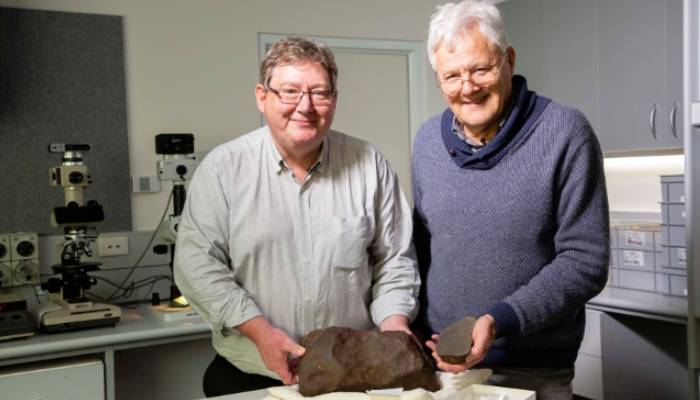
A man named David Hole was once searching for valuable items using his metal detector in Maryborough Regional Park, located near Melbourne, Australia in 2015.
As per Sciencealert, what he found was unexpected and out of the ordinary. Instead of finding typical metal he found a very heavy, reddish rock lying within yellow clay.
He then took the rock and tried several ways to open it, convinced that there was a gold nugget inside.
After making all the efforts, he couldn’t be able open the rock and then took the nugget to the Melbourne Museum to have experts examine the object.
Henry, who worked at the museum for 37 years and had examined thousands of years, identified the rock as a meteorite.

Melbourne Museum geologist, Bill Birch, explained to The Sydney Morning Herald, "If you saw a rock on Earth like this, and you picked it up, it shouldn't be that heavy.”
The study published in Proceedings of the Royal Society of Victoria revealed that after examining the meteorite, scientists discovered that it was 4.6 billion years old.
Weighing an impressive 17 kilograms (37.5 pounds) they used a diamond saw to cut a small slice.
Upon analyzing it, they discovered that its composition contained a high percentage of iron, classifying it as an H5 ordinary chondrite.
When opened, the meteorite revealed tiny cristallized droplets of metallic minerals, known as chondrules. Carbon dating suggests that the meteorite has been on Earth for 100 to 1,000 years.
It is among only 17 meteorites ever recorded in the Australian state of Victoria and is the second largest chondritic mass, after a massive 55-kilogram specimen identified in 2003.
















